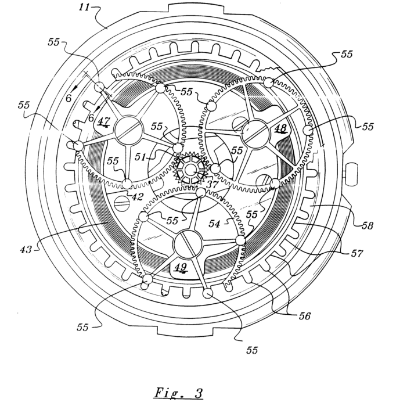

Want to know about the costs associated with developing your new product idea?
It is safe to say that everyone from every educational background and profession has a good idea for a new product design at least once in a lifetime. When people use everyday products, such as home appliances, laptops, shoes, cars, smartphones, pencils, or furniture pieces, they always complain about something and come up with an idea supposedly to make those things better. Sometimes the ideas are brilliant, but more often than not, the ideas are simply preposterous. Unfortunately, when the ideas are indeed good, fresh, unique, and, technically feasible, most people don’t know how to transform those concepts to reality and introduce the inventions to the market. Although the process is neither very easy nor cost-free, a truly creative invention design is worth the trouble and financial investment. There are multiple steps to go through from the moment you conceive of the idea until you transform it into a fully-working product to generate revenue from sales.


Make notes of all the ideas you have and draw some simple sketches in an inventors’ notebook. Keep the notes and drawings organized and annotated to provide details. The notebook is of the utmost importance when you want to file your patent for the invention at a later date.
To protect your intellectual property, you can file a provisional patent. It is valid for 12-months so there should be enough time for you to develop the ideas further without having to worry about someone else stealing or copying your product concept. Filing a patent is not free, even if you do it without assistance from a professional registered patent attorney. The cost depends on the size of your business and type of product, but provisional patents typically cost no more than $280, and it is valid for a year; if you operate micro or small business entity, the fee is much less than that.


Once granted, you have the valid legal protection of your intellectual property for one year. Use the time you have to rapidly develop the ideas and build either a digital prototype or fully-working physical model (both if possible). You don’t need a prototype to file for a patent, as long as you can prove the ideas are truly yours and distinguishable from all existing products in the market. For those purposes, your notes and sketches are indispensable documents. Having a prototype improves your chances of acquiring a patent, but it is not mandatory. When the provisional patent is no longer active, file for a non-provisional (utility) patent. Although it costs more money, this expense is necessary to prevent others from copying your products without legal permission.
It is recommended that you hire a registered patent attorney to apply. An attorney can provide legal counsel and to draft the application with great technical details so that you can avoid any potential legal issues at a later time. If the services of a patent attorney are involved, the cost for filing the patent increases to at least $2,000 for a provisional patent. Applying for utility patent can cost up to more than $16,000 for a complex product; patents for simpler products are usually more affordable. Contact multiple attorneys and see if you can ask for a lower estimate. Hire only an attorney registered with the patent office in your country. If you are in the U.S., look for a legal practitioner on the USPTO website.
Most (if not all) manufacturers will want you to have a fully-working prototype design before they agree to continue on to mass-produce the product. Have a physical prototype if possible, although a digital one is often sufficient to explain what the product should look and feel like, and how it should perform. Work with professional 3D CAD modeler to create digital hyper-realistic interactive imagery of the product. Bring this digital prototype for presentation purposes and showcase your product’s potential to inventors and manufacturers. If a physical prototype is necessary, have a custom manufacturer build the product based on the digital imagery.
The cost for hiring 3D CAD modeler varies depending on the quality of the service and complexity of the design. Be prepared to spend at least $2,000 to get reasonable quality and good completion time. Building a physical prototype also costs money, because you want a fully-working model, not t simply a representation of what the product would look like. The cost varies, as well, depending on the materials used, the size and difficulty level. As an example, there is a big difference in sophistication (and therefore cost) between creating a cast-iron figure and a robot; you have to pay more for the latter.
Assuming all the other points in the process have gone as well as intended, and you have found manufacturers to mass-produce your invention, there are still some more expenses to consider until the products reach the market. It takes a lot of meticulous calculations to come up with a reasonable manufacturing cost. The main reason is that you don’t have a factory with big machines capable of mass-production. You have to collaborate with a manufacturing partner who also needs to make a reasonable profit. The cost for bringing your invention to market is also associated with the following factors:
Learn more about how we help clients hire vetted CAD designers and 3D modelers on demand. Just use our free quote form and we’ll get back to you with a free estimate on your new product idea in under 24-hours.
If you've ever had a brilliant product idea lingering in your head but no way…
If you're wondering what engineering product development is, why it matters to your business, and…
Imagine you are building the next innovation product — maybe an efficient drone, a comfortable…
Structural design services are not simply about steel beams and calculation of loads—it's the behind-the-scenes…
Product design is a complex and interactive process that involves a range of stages, from…
Imagine you are holding a new, shiny medical device or a high-tech gadget that is…